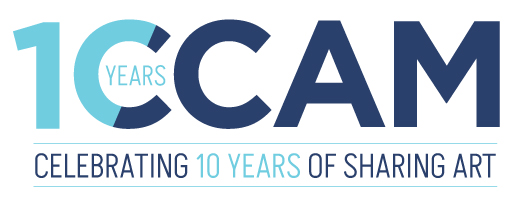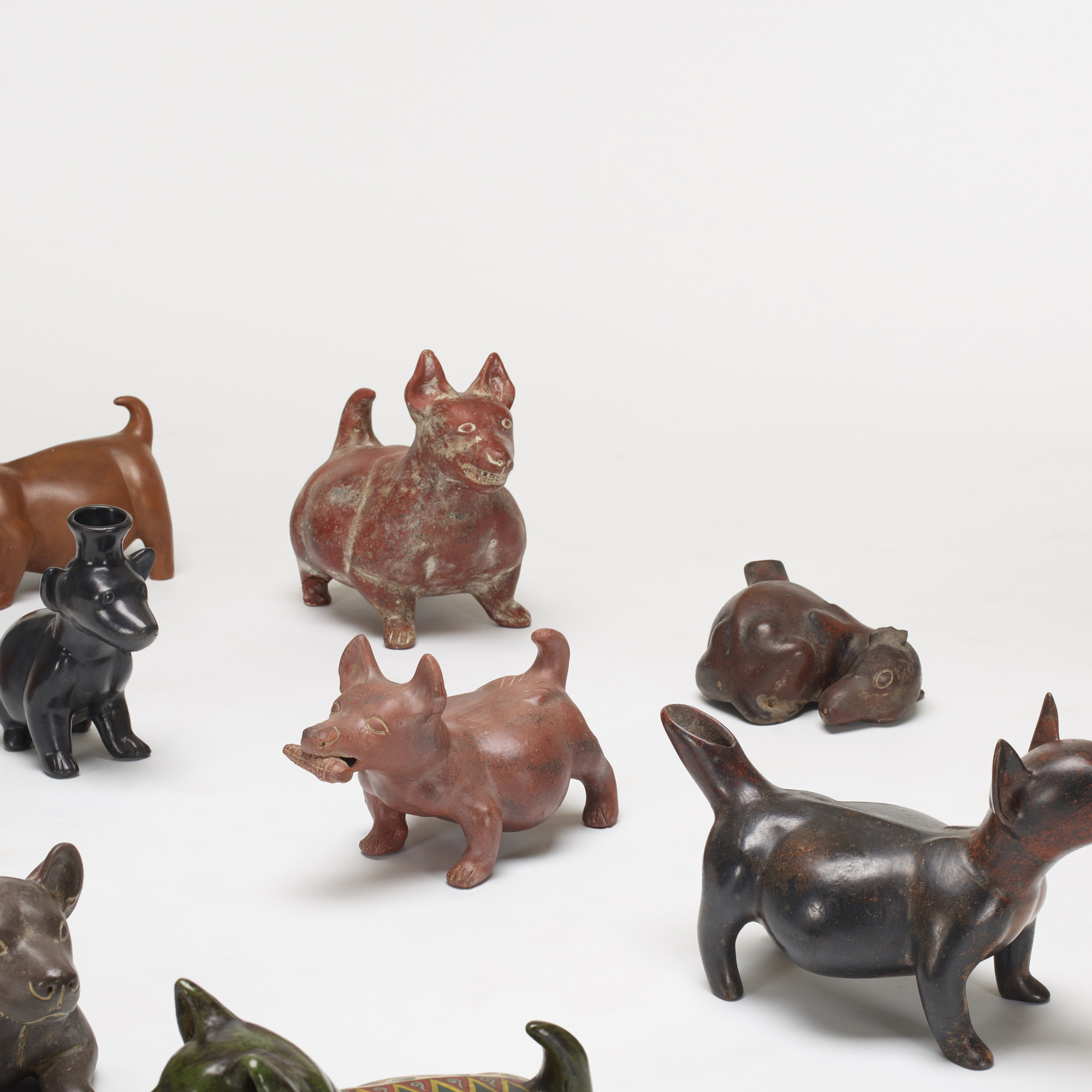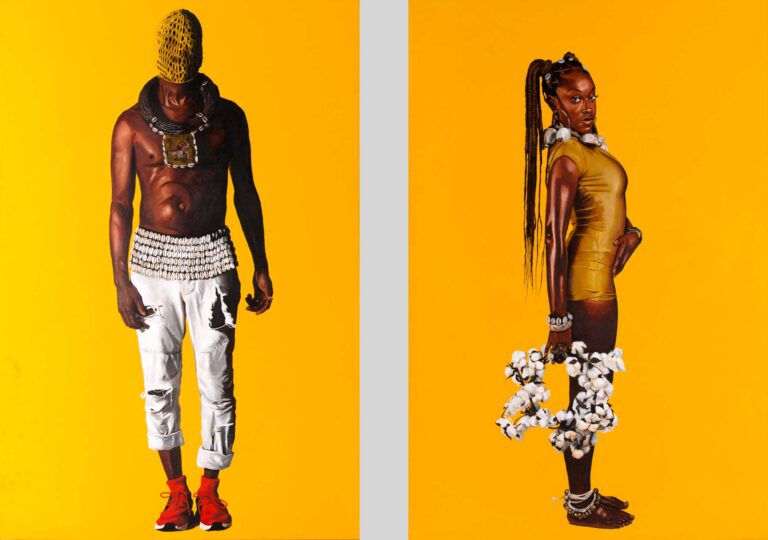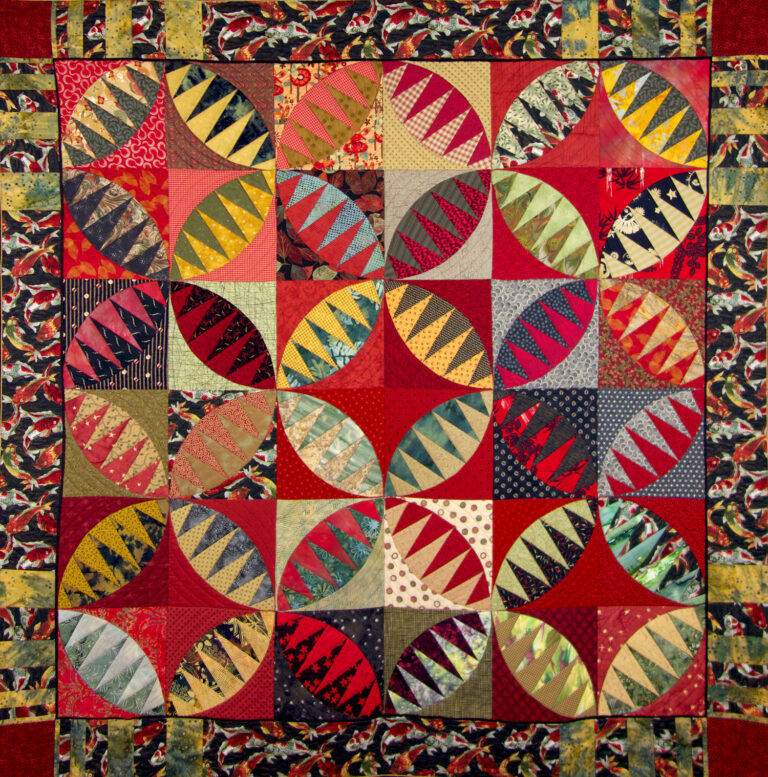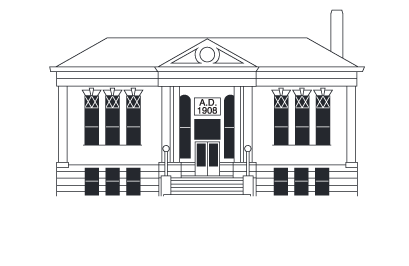Colima Dogs, Mexico, 20th Century, Glazed earthenware, Karen and Robert Duncan Collection
This exhibition exemplifies the veracity of the adage that artists hold mirrors to the worlds in which they live. Here, they reflect on humanity’s complicated, often ambiguous, sometimes cruel relationship with living creatures.
The bond of unconditional love between humans and domesticated animals has been a compelling subject for artists dating back to such iconic Renaissance masterpieces as Jan van Eyck’s Giovanni Arnolfini and His Wife and Leonardo da Vinci’s Lady with an Ermine. As the works in this exhibition demonstrate, that fascination is alive and well in the 21st century, with all of the attendant symbolism. Susan Rothenberg’s self-portrait with her horse and three dogs is anchored by a fence that might either offer protection or hold the world at bay.
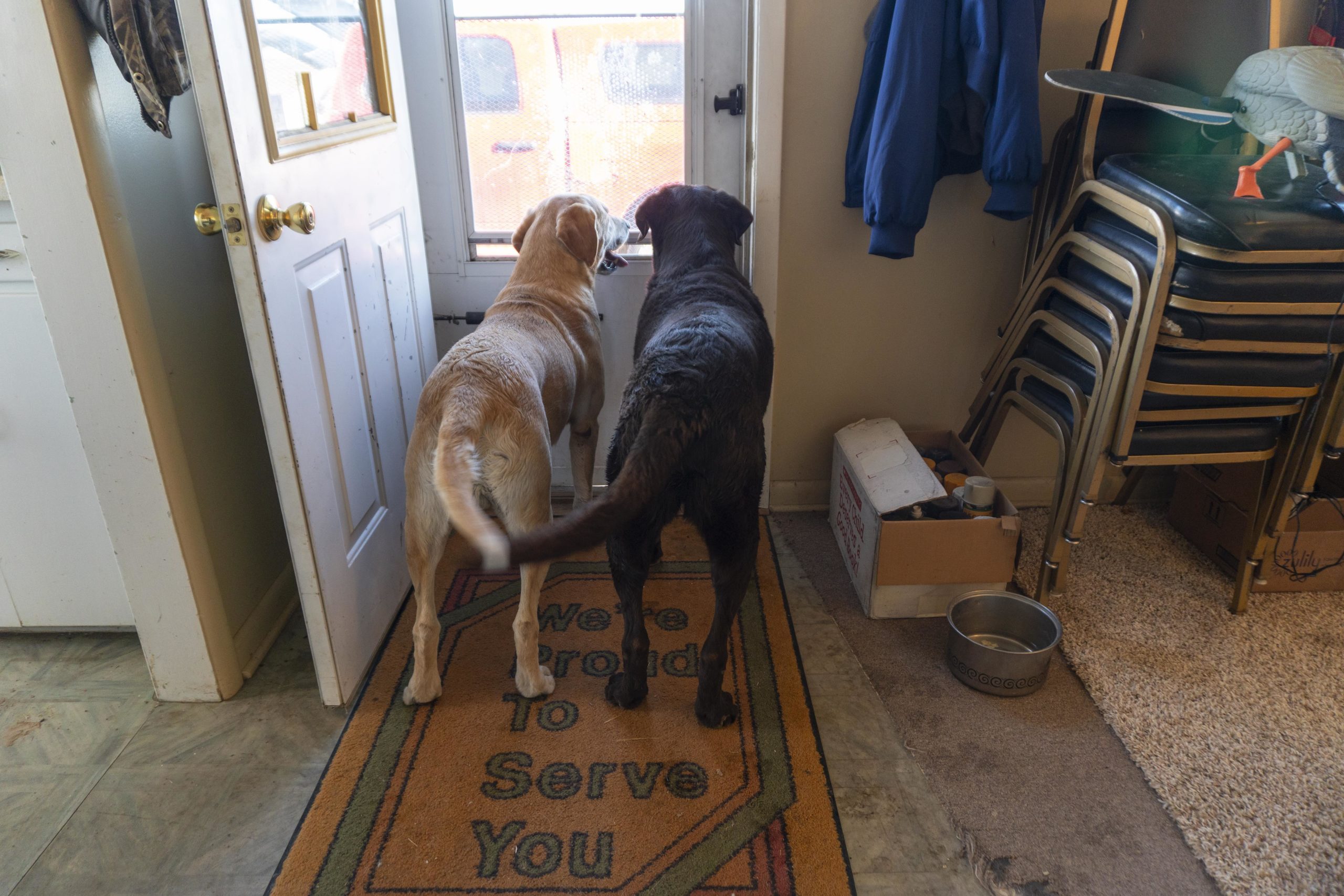
Ashley Goodwin, United States, 1984, Proud to Serve You, 2017, Inkjet print, Karen and Robert Duncan Collection
The ceramic Colima dogs made by artisans of northwestern Mexico were, for centuries, entombed as effigies to bring warmth and ebullience to the afterlife. Of course, the beloved hairless dogs on which they are modeled have also occasionally served as dinner.
The fact that 70 percent of the world’s bird population is comprised of chickens destined for our tables has not escaped the notice of artists such as Ron Mueck and Megan Rye, who suggest the terrible beauty of food processing. Other artists, such as Vera Mercer, depict the sumptuous, laden tables that result from those efforts.

Ron Mueck, Australian, 1958, Chicken, 2009, Paper mache ,Karen and Robert Duncan Collection
Although extinction is a natural phenomenon, scientists warn that the earth is losing species at a rate 1,000 times that of past centuries and, unlike the natural disasters that caused previous die-offs, most of the current problem is caused by human choices such as rain forest eradication, overfishing, excessive carbon emissions and, simply, the killing of endangered animals for sport.
Hung Liu’s painting of a deer struck down in her neighborhood and Mark Calderon’s tortoise, unable to right itself, make these issues visible.
Some of the show’s animals are totemic or cultural symbols, while other images are straightforward portrayals of creatures’ elegance, cleverness, strength or perseverance. Joseph Scheer looks at the complex patterns of a moth’s wings, while Tony Fitzpatrick captures the graceful beauty of two nighthawks as they careen on evening currents, swooping low to catch insects.

Vera Mercer, Germany, 1936, The Pig, 2006, Photography, Karen and Robert Duncan Collection
Finally, there are the artists who are compelled to portray animals caught in acts of wild abandon, simply being themselves, such as John Divola’s Running Dog and Joseph Piccillo’s leaping horse.
As most of us go through our daily lives, we give hardly a thought to the incredible creatures that live just beyond our walls. Thus, it is fitting to remember that each one holds a critically important place in nature’s interdependent network.
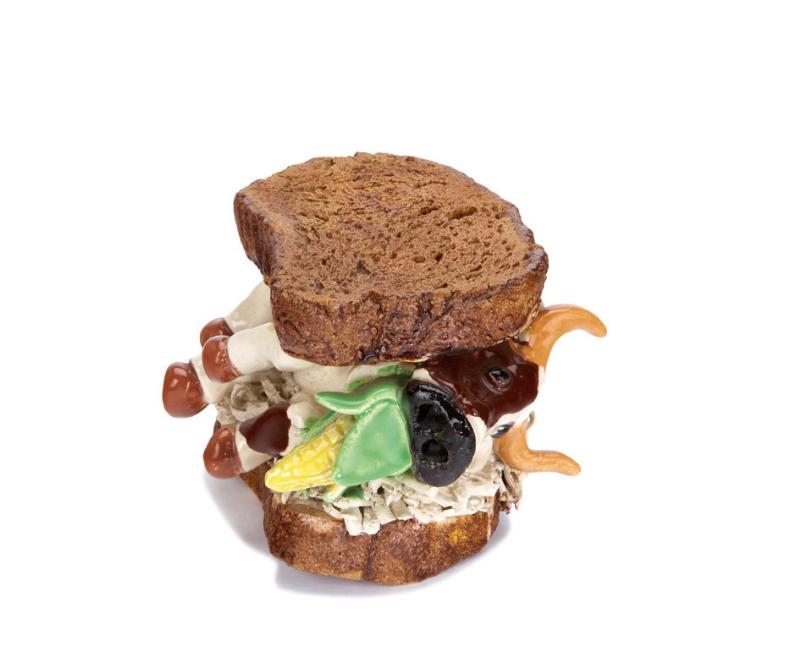
David Gilhooly, United States, 1943 – 2013, Corned Beef on Rye, 2017, inkjet print, Karen and Robert Duncan Collection
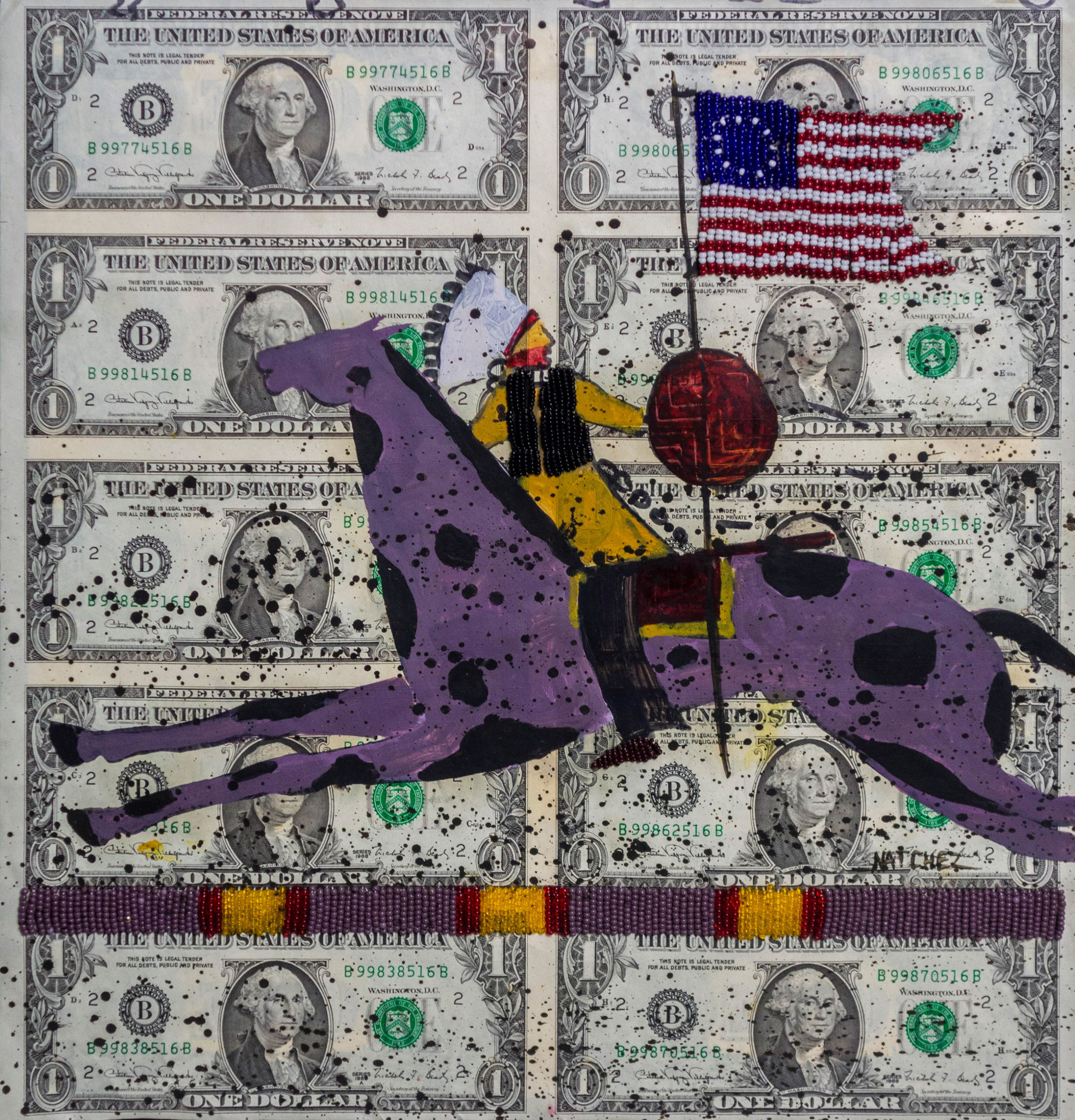
Stan Natchez, United States, 1954, Bringing the Flag Home, 1993, Oil beadwork and U.S. currency, Karen and Robert Duncan Collection

Joseph Piccillo, United States, 1941, EP V, 1995, Lithograph, Karen and Robert Duncan Collection
